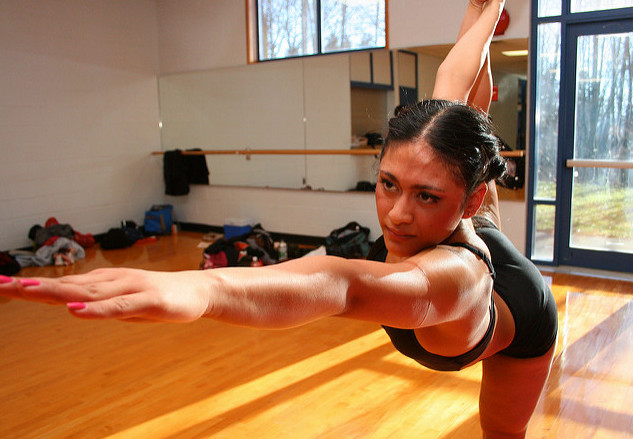
The other day, my friend and student, Heather Haxo Phillips wrote me: “What is the difference between Hatha and Raja Yoga?”
“. . . and which of these two do we find in Patanjali’s Yoga Sutras?”
This is what I wrote back:
Dear Heather,
Yes!
Hatha Yoga and Raja Yoga are not the same.
Hatha means “Sun-moon” or “forceful.”
Hatha Yoga used the subtle body technology of the two life-force energy channels we call sun and moon (surya and chandra).
Its practices were disciplined and aggressive (i.e. “forceful”) toward the body.
Raja means “kingly.”
The meditative practices of Raja Yoga avoided the body’s “grossness.”
Its meditation work used the high energy centers of mind-heart.
Its expression in the 4th century Yoga Sutras was elegant and spare. Raja Yoga has a rarified and regal quality.
Hatha Yoga arose in the later Indian Middle Ages.
It is defined in its most prominent text, the Hatha Yoga Pradipika, composed in the 15th century.
Scholars date the tradition’s beginnings even farther back–to the 12th century.
Its invention is attributed to a very storied saint named Gorakhnath.
Before Gorakhnath, Hatha’s many different practices of breath, posture and meditation were in use, but the Hatha system pulled them together in a new way.
And it clarified their purpose.
Among other novel aspects of Hatha, it put yoga postures at the center of its sadhana (practice method) and pointed the practice toward Kundalini awakening
In his groundbreaking research, the scholar, Christopher Tompkins, has shared many new things about when our posture-based yogas first came to be.
Apparently, a commentary on the c. 100 CE Pasupata Sutras describes an elaborate asana-based methodology.
This pushes the date for asana and vinyasa-based yoga back more than 1,000 years.
However, the Pasupata practices he looks at aren’t called Hatha Yoga, and its asana system is interpreted and energetically-aimed differently.
The early Common Era is the period when Samkhya philosophy gave birth to the yoga of Patanjali, too.
Patanjali’s practice includes many elements, but it is known for it’s “cessative” practice of stopping the turnings of the mind.
It is mostly a meditative sadhana (path of practice) and gives us some information about asana, however, Patanjali does not systematize any group of asanas or name them.
Among other names, His practice flies under the banner of Classical Yoga, Ashtanga Yoga and Raja Yoga.
That said, Raja Yoga can also apply to a wide range of other, non-Patanjalian meditation-style practices.
“Hatha Yoga” has a wider application, too.
It indicates all modern posture-based yogas.
And it is applied to two small niches within that wide category.
On the one hand, “Hatha Yoga” is what we call a generic style of posture practice that usually includes mild vinyasas (postures linked by movement), on the other hand, “Hatha Yoga” is what we call yoga styles that are strongly focused on awakening–and that attempt to follow the spirit (and often the full practice range) of Hatha when it first began.
~
Author: Eric Shaw
Editor: Travis May
Image: Sambolin Photography





Read 11 comments and reply